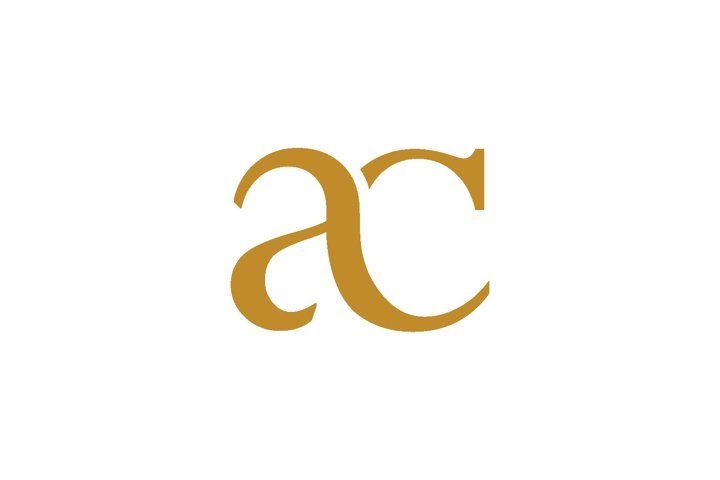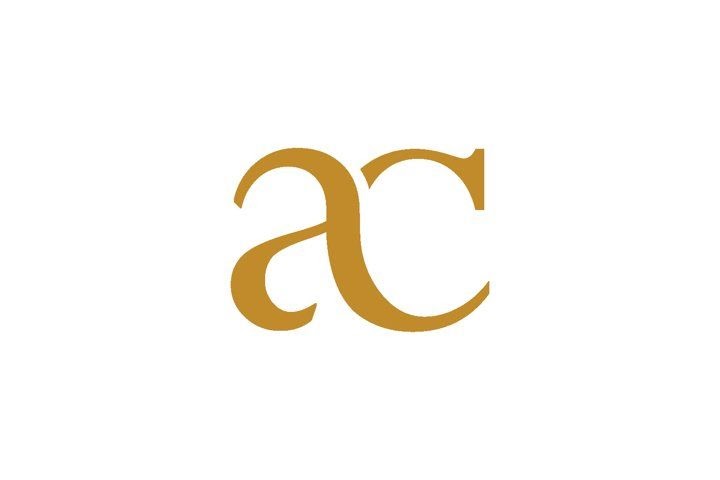What Is Startup Capital?
The term startup capital refers to the money raised by a new company in order to meet its initial costs. Entrepreneurs who want to raise startup capital have to create a solid business plan or build a prototype in order to sell the idea. Startup capital may be provided by venture capitalists, angel investors, banks, or other financial institutions and is often a large sum of money that covers any or all of the company's major initial costs such as inventory, licenses, office space, and product development.
KEY TAKEAWAYS
- Startup capital is the money raised by an entrepreneur to underwrite the costs of a venture until it begins to turn a profit.
- Venture capitalists, angel investors, and traditional banks are among the sources of startup capital.
- Many entrepreneurs prefer venture capital because its investors do not expect to be repaid until and unless the company becomes profitable.
How Startup Capital Works
Young companies that are just in the development phase are called startups. These companies are founded by one or more people who generally want to develop a product or service and bring it to market. Raising money is one of the first things that a startup needs to do. This financing is what most people refer to as startup capital.
Startup capital is what entrepreneurs use to pay for any or all of the required expenses involved in creating a new business. This includes paying for the initial hires, obtaining office space, permits, licenses, inventory, research and market testing, product manufacturing, marketing, or any other operational expense. In many cases, more than one round of startup capital investment is needed in order to get a new business off the ground.
The majority of startup capital is provided to young companies by professional investors such as venture capitalists and/or angel investors. Other sources of startup capital include banks and other financial institutions. Since investing in young companies comes with a great degree of risk, these investors often require a solid business plan in exchange for their money. They usually get an equity stake in the company for their investment.
Startup capital is often sought repeatedly in different funding rounds as the business develops and is brought to market.
Types of Startup Capital
Banks provide startup capital in the form of business loans—the traditional way to fund a new business. Its biggest drawback is that the entrepreneur is required to begin payments of debt plus interest at a time when the venture may not yet be profitable.
Venture capital from a single investor or a group of investors is one alternative. The successful applicant generally hands over a share of the company in return for funding. The agreement between the venture capital provider and the entrepreneur outlines a number of possible scenarios, such as an IPO or a buyout by a larger company, and defines how the investors will benefit from each.
Angel investors are venture capitalists who take a hands-on approach as advisers to the new business. They are often themselves successful entrepreneurs who use some of their profits to get involved in fledgling companies, serving as mentors to its management team.
Startup Capital vs. Seed Capital
The term startup capital is often used interchangeably with seed capital. Although they may seem the same, there are some subtle differences between the two. As mentioned above, startup capital usually comes from professional investors. Seed capital, on the other hand, is often provided by close, personal contacts of a startup's founder(s) such as friends, family members, and other acquaintances. As such, seed capital—or seed money, as it's sometimes called—is typically a more modest sum of money. This financing is usually enough to allow the founder(s) to create a business plan or a prototype that will generate interest with investors of startup capital.
Advantages and Disadvantages of Startup Capital
Venture capitalists have underwritten the success of many of today's biggest internet companies. Google,1 Meta (formerly Facebook),2 and DropBox all got started on venture capital and are now established names.3 Other venture capital-backed ventures were acquired by bigger names—Microsoft purchased GitHub,4 Cisco bought AppDynamics,5 and Meta acquired Instagram and WhatsApp.67
But providing young companies with startup capital can be a risky business. Backers hope that proposals will develop into lucrative operations and reward them lavishly for their support. Many do not, and the venture capitalist's entire stake is lost. About 30% to 40% of all high-potential startups end in liquidation, according to a 2011 Harvard Business School study.8 The few companies that endure and grow to scale may go public or may sell the operation to a larger company. These are both exit scenarios for the venture capitalist that are expected to provide a healthy return on investment (ROI).
That is not always the case. For example, a company may get a buyout offer that is below the cost of the venture capital invested or the stock may flop at its IPO and never recover its expected value. In these cases, the investors get a poor return for their money.
To find venture capital's most notorious losers you have to go back to the dotcom bust around the turn of the 21st century. The names live on only as memories: TheGlobe.com, Pets.com, and eToys.com, to name a few. Notably, many of the firms that underwrote those ventures also went under.













%20_%20Logos%20_%20Design%20Bundles.jpg)


%20_%20Logos%20_%20Design%20Bundles.jpg)



0 Comments